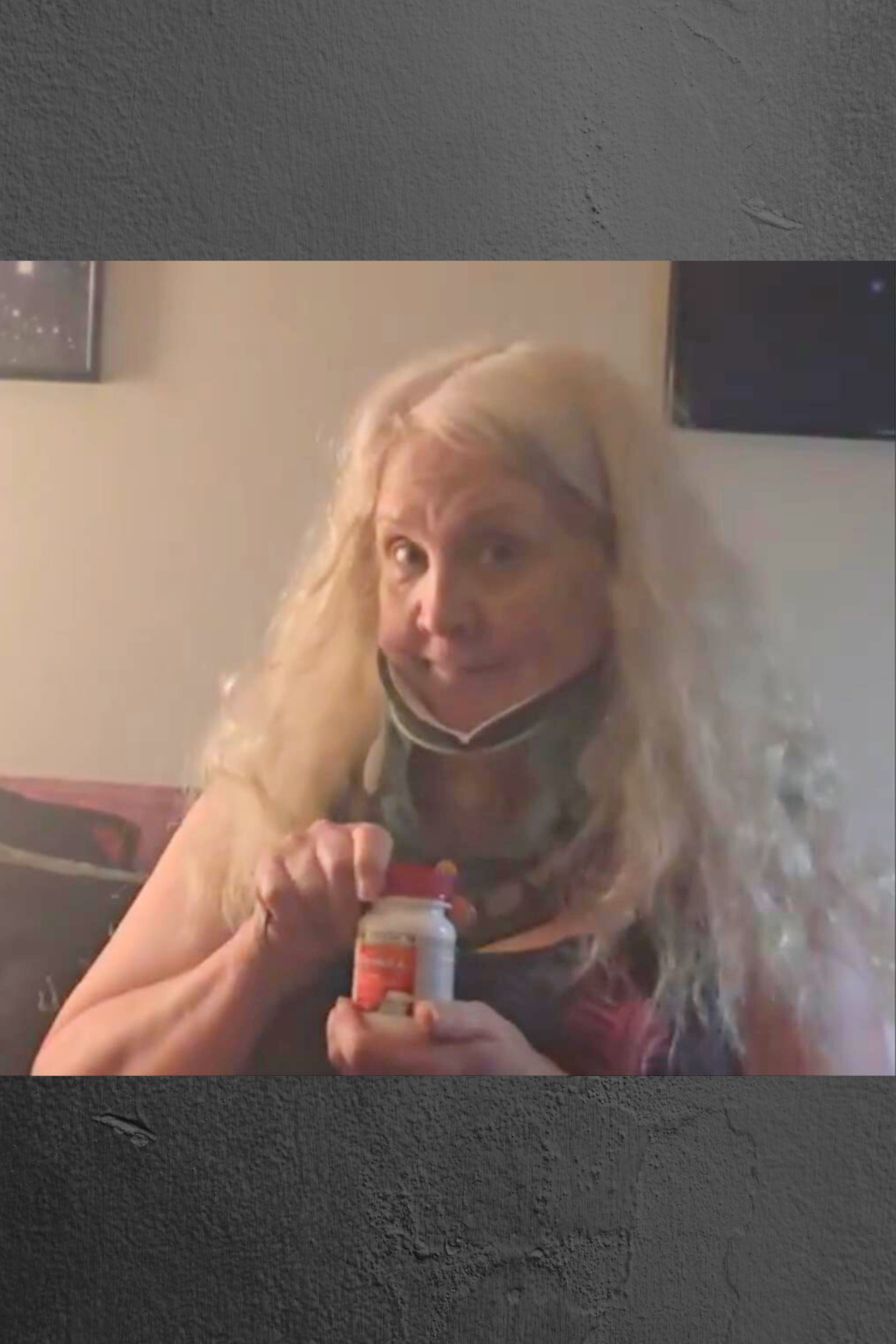Because when you believe in your mission, and in what you’re building, you find a way to show up, no matter what.
On September 24, 2025, Pepperdine University hosted the Most Fundable Companies Competition 2025 Showcase. I entered this national startup competition back in May and made it into the second round — a milestone I’m especially proud of, considering that out of more than 2,300 applicants, only about 1,500 moved forward. The experience gave me valuable insights into how investors evaluate companies, what makes a compelling pitch, and where Life Backup Plan stands among the nation’s most innovative startups.
There were 14 finalists this year, each with an incredible story and mission. I wanted to see them present in person — to see their pitch decks, watch their presentations, learn how the top startups in the country position themselves, and network. That kind of exposure, feedback, and inspiration is worth every inch of the ~ 80 mile drive through Los Angeles traffic.
The only challenge?
I wasn’t yet allowed to drive because I’m still recovering from cervical spine surgery nine days prior. Although the event started at noon, thus missing the worst of the infamous LA traffic, it still wasn’t possible for me to drive. Both because my developer is in Pakistan, 12 hours ahead of my California home, and because my lifelong romance with the night sky has given me an astronomer’s body clock, I’m a chronic night owl. It works out perfectly: my developer and my schedules overlap for up to seven hours per day (8 pm to 3 a.m., sometimes later, my time). If he needs something right away, I can turn it around quickly so development never stops.
During the day, I’m fielding emails, calls, people stopping by, and the inevitable errands and appointments that must happen during everyone else’s working hours. Thus, mornings and I are not friends. The late night hours are when peace and quiet abound, and I’m able to go heads down and get a ton of work done. Fortunately, Pepperdine’s noon check-in didn’t require me to rise at “o dark thirty,” which might have risked my recovery (since sleep was still a challenge — comfort was elusive).
So I did what entrepreneurs do best: I found a way
I paid a driver $250 for the round trip, bought her lunch, and covered her ticket to the event. She’s not a business owner, not involved in startups or tech — she just drove me and, frankly, babysat me. I was still a bit unsteady on my feet and tired easily, so needed a bit of looking after. It was that important to me to be there — to network, to learn, to represent Life Backup Plan — that I was willing to make it happen however I could.
Recovery and Entrepreneurship have many Parallels
That’s the thing about entrepreneurship and recovery — both require perseverance, problem-solving, struggling to get comfortable, a.k.a. imposter syndrome, and refusing to let obstacles decide what you can or can’t do.
Showing up matters.
Learning matters.
And building something that can genuinely help people — like the Life Backup Plan app, which connects safety, health, and early detection — makes every bit of effort worth it.
Thank you for taking the time to read and share in this journey.
If my story inspires you, or if you believe in innovation that saves lives, lowers costs, and strengthens communities, please subscribe, follow along, and share. We’re just getting started.

